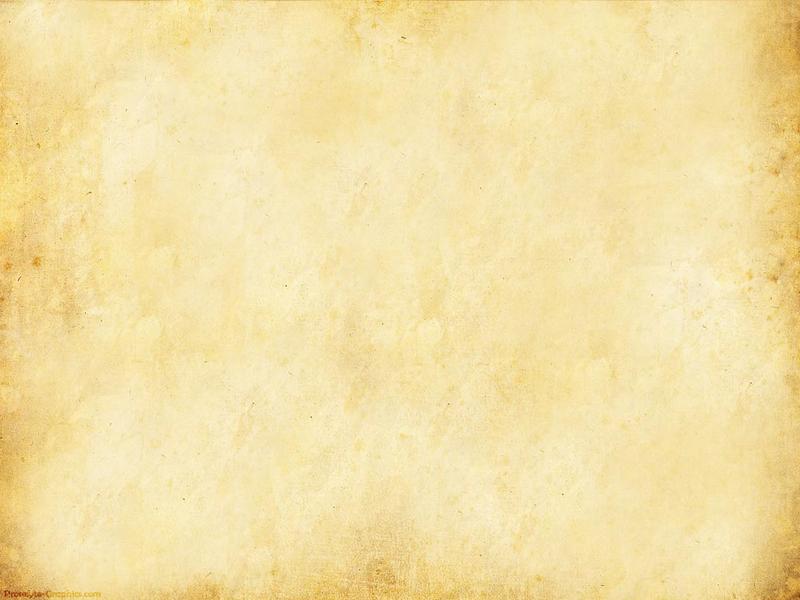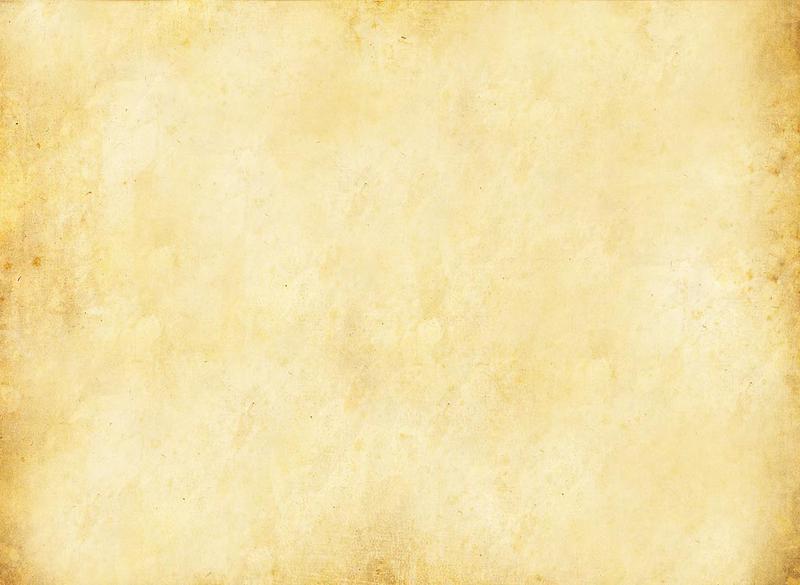WALL 7:
E OLA KA ‘AINA! O WAU KA ’AINA!
LONG LIVE THE LAND! I AM THE LAND!
KUPUNA: Pond guardian and planter, Ruth Aloua, planter Clayton Punihaole, and fisherman, Junior Kanuha
ADVISOR: David Chai, kia'i loko, Waiakauhi Pond, Ka’upulehu, Natural Resource Manager, Four Seasons Hualalai Resort
RUTH ALOUA: Organic farmer, educator, Po'o Kia'i loko (pond guardian and caretaker), writer, poet, community leader, as well as researcher/educator for Kaloko Pond through the National Park Conservation Association. Ruth’s family, the Hoapili Ohana, has been Kia’i loko for generations. She discovered this only after working on her MA in Archeology at Simon Fraser University in British Columbia, Canada with a focus on the Kaloko Pond Restoration project.
CLAYTON BRUCE PUNIHAOLE: (1948 ~2015) Clayton was a lineal descendant of Ku’kio, highly respected planter, ‘opelu and aku fisherman, and pond manager for 6 years for Ku’kio resort. Clayton restored 6 acres of anchialine ponds overgrown with invasive plants, trees, and fish species and brought them back to life. When Clayton went blind, it was his bountiful Hawaiian style food and fiber garden that brought back his spirit and his joy. He strung fishing lines to each of the garden areas so that he could navigate the garden.
WHERE WE ARE ~ KEAHOLE: Chauncey Wong Yuen asked “that the mural tell the stories, especially of this place and its name” because place names hold immense mana, culture, history, and meaning, felt but not seen. These names were given for special reasons by Hawaiian kupuna and must be remembered. The airport is at Keahole Point, the western most point on Hawai’i Island on the leeward side, in the district of North Kona, on the northwest rift of Hualalai, in the ahupua’a of Kalaoa, in Pele’s kekaha (arid) lands, and named for ke ahole (the ahole fish).
Notably, half the anchialine ponds in the world are in Hawai’i, and in the days of old, the Hawaiians had thousands of meticulously cultivated fish ponds. Kamehameha’s famous Pa’aiea Pond (1.5 miles wide by 3 miles long). Fisherman of old going south to Kona used the pond as a shortcut to avoid the rough waters at Keahole.
HISTORICAL BACKGROUND ~ MASTERS OF HORTICULTURE AND AQUACULTURE
The gardens and fish ponds grew abundantly with a great variety of nutritious food plants, limu and fish. Hawaiians of old worked with nature to elevate the functions of nature without ever disturbing or disrupting the ecosystem’s health and balance.
Ku’ulei Keakealani
KA PO’E KAHIKO: The people of old were farmers, not fighters. There were no kings or need for warriors. They lived in harmony with all that is, with an attitude about life that gave them great mana (power) over their surroundings ~ the power of love and kinship.
Source: Tales of the Night Rainbow, Native Planters in Old Hawai’i.
HAWAIIAN DIET AND HORTICULTURE: Decades of research indicate that the Hawaiians had the most nutritious diet in all Polynesia. They stand with the most highly sophisticated horticulturists and aquaculturists throughout history. Nearly all highly developed ancient civilizations evolved around fertile river flood plains, where the geography was favorable to intensive agriculture. Annual flooding renewed soil nutrient and fertility levels without farmers having to figure it out ~ a difficult challenge. They didn’t need to develop the practices to sustain soil fertility and water quality while producing surplus yields to feed growing populations. The ability to grow a surplus of food was and remains the foundation of bountiful cultures and a most important field of science.
Without the advantage of yearly flooding, the Hawaiians skillfully discerned it. They developed a rich peaceful culture based on ancestral knowledge and love of the land. Masters of observation, they became adept in soil science, weather wisdom, plant selection, hand pollination, botany and botanical classification, crop diversity, precise mulching practices, lunar planting, and ingenious irrigation strategies. They successfully selected for hundreds of distinctive varieties of kalo (taro) and uala (sweet potato). They successfully planted in virtually every terrain, climate, and soil, guided by mo’okuauhau (ancestral knowledge) and traditional ecological practices. They nourished themselves and the land well through a highly sophisticated system of intensive sustainable horticulture and aquaculture ~ a model for the world.
CLEMENT KELI‘IPO‘AIMOKU KANUHA, JR: (1949-2010) Junior was owner of Sunlights Hawaii, a commercial fisherman, a historical preservationist, and one of the family members who created the Betty C. Kanuha Foundation in honor of their mother. Legendary among his fellow kanaka, Junior was a provider of great quantities of seafood, which he gave freely to the kupuna. A non-profit, Hui Pa'a Na Keiki O Hawaii Nei, was created by family members to promote Hawaiian Cultural values and knowledge with emphasis on the ocean and near ocean resources through events, field trips and funding for all children of Hawaiʻi.
 | ||||
The most important message of the mural is Aloha 'Aina - to love the 'aina shows the highest perfection of love and reveals this to us, for 'aina has no imperfections; just great beauty, abundance, and potential. In seeing this beauty and feeling this nourishment, our senses awaken. We learn to cooperate. We learn to be kind. We learn to love fiercely yet without violence. If we love 'aina, our place, then we can really love ourselves and others.
Ruth Aloua
This panel will seek to convey the beauty and mastery of the advanced horticulture and aquaculture practiced by the people of old and found nowhere else in the world.
LIGHT AND COLOR HARMONIES: This panel will predominantly be filled with lush greens, fish of many hues, blues and silver blues for the water, and dotted with Swarovski crystals to portray the stars in the heavens with the fishes.
KAMEHAMEHA, A KONA PLANTER: Kamehameha’s birth name was Paiea (hard shelled crab). It is said that later in life Kamehameha found solace in bending over and lovingly tending his kalo, thus his nickname Kua’ele’ele (black back). He will be symbolized in this panel by a male planter bending over planting.
 | ||||
O na hoku o ka lani, o Pa’aiea ko lalo.
TRANSLATION: The stars are above, Pa’aiea below.
MEANING: Famously said to have been crystal clear with an abundance of fishes in the pond greater than there are stars in the sky,
Kamehameha’s Pa’aiea pond inspired this olelo no’eau.
 | ||||
What you call resources, we call relatives.
Nainoa Thompson
 | ||||
KING KAMEHAMEHA’S FAVORITE ~ PA’AIEA POND: There once was a most extraordinary pond under the Kona at Keahole Airport, which some stay still exists underground. It was Kamehameha’s beloved pond, destroyed by the high velocity 1801 Ka’upulehu volcanic flow from Hualalai. That flow entered the ocean through two distinctly visible lobes. The story was told that in these two flows, Pele made one thing very clear -- you may be the King. I am Akua. Two of the greatest fish ponds in existence that were Kamehameha's favorites, Kaloko and Pa'aiea were completely filled in by Pele. Pa'aiea was so grand and so immaculate, that the fishes were said to be more numerous than the stars in the heavens. There were ponds next to ponds and within ponds. The water was crystal clear.
One day, the konohiki (land manager/caretaker) Kepa'alani, denied Pele fish to eat when she appeared to him as an old woman begging. It is said she first asked for 40,000 fish, then 4,000, then 400, then 40, then 4, then 1 fish, then just the gills (which no one ate) and still he said, "No, these are the King's fish." (There are many different accounts of this story.) That night Pele received sustenance from an upland family and told them to put a kapu sign in front of their door and go inside. Pele destroyed the two ponds, yet the lava flowed around the generous family’s home, sparing it.
Ku’ulei Keakealani
Art and Soul for the Earth
Big Island of Hawai'i














